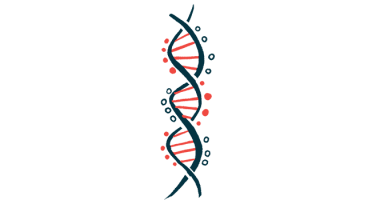Some Brain Regions Are Abnormally Small in People With PWS: Study

Certain regions of the brain are unusually small in people with Prader-Willi syndrome (PWS), a study reveals.
“The present study provides objective evidence of volumetric alterations in the subcortical, limbic, and brainstem structures in individuals with PWS,” its researchers wrote.
The study, “Differential volume reductions in the subcortical, limbic, and brainstem structures associated with behavior in Prader–Willi syndrome,” was published in the journal Scientific Reports.
People with PWS often have intellectual disability and commonly exhibit a number of unusual behaviors, including hyperphagia (insatiable hunger), obsessive behaviors, and autistic traits. As all behavior is ultimately governed by the brain, these behavioral and cognitive differences are presumably the result of physical differences in the brains of people with PWS. However, the specific ways in which the brains of PWS patients differ from those of their typically developing peers remain poorly understood.
To learn more, a trio of scientists in Japan imaged the brains of 21 people with PWS — 14 men and seven women, ranging in age from 13 to 50. For comparison, the team also analyzed a group of 32 people without PWS who were similar in terms of age and sex.
Results showed that several brain regions were markedly smaller in the PWS patients. These included the thalamus, which plays a key role in sensory processing; the amygdala, which plays a central role in regulating emotion; and structures in the brainstem, which are important for regulating bodily functions.
“The regions detected are highly consistent with the domains contributing to significant behavioral features, hyperphagia, intellectual abilities, and less adaptive behavioral repertoires in PWS,” the researchers wrote.
For example, they noted that irregular activity in the amygdala could contribute to emotional irregularities and autistic traits and also might interfere with the brain’s normal reward systems to contribute to hyperphagia.
Similarly, the team suggested that dysregulation of the thalamus “may play an essential role in the sensory and emotional dysregulation observed in PWS,” since this brain region is important for sensory processing, while abnormal brainstem activity may disrupt the control of bodily functions.
Additional analyses showed some statistical associations between sizes of these brain regions and abnormal behavior scores among the PWS patients. For example, patients with a smaller amygdala tended to score higher on assessments of maladaptive behavior.
The relative size of the amyglada also changed with age; older PWS patients tended to have a comparatively smaller amygdala.
The researchers concluded that these differences in brain region size and changes over time “may contribute to the developmental and behavioral pathophysiology [disease process] of PWS,” stressing a need for further study.







